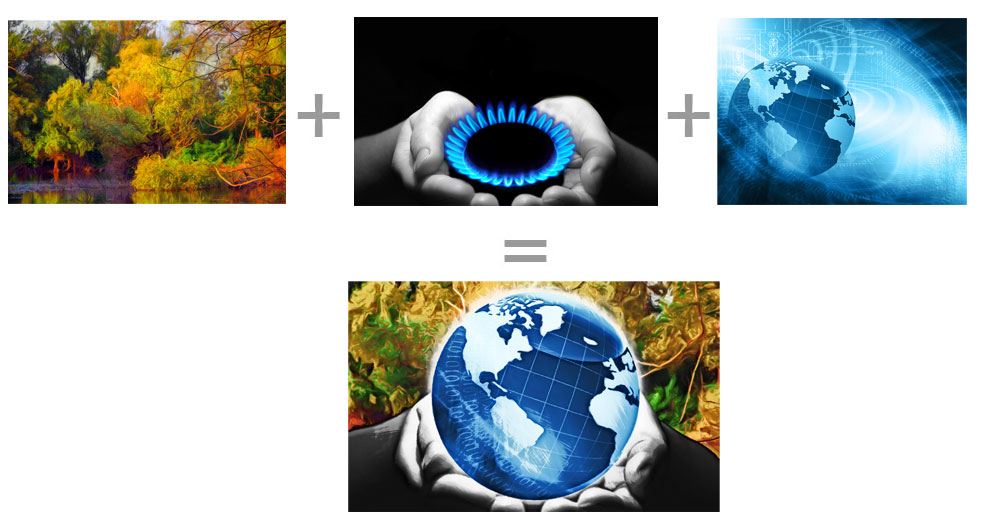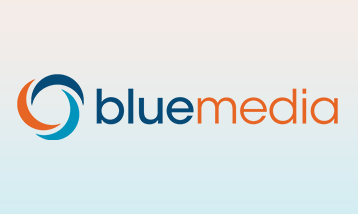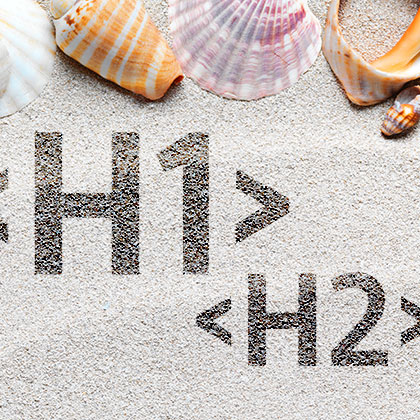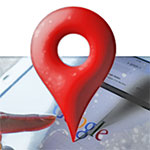
SEO Image Optimization is one of the most important disciplines in SEO. Even the best of SEOs seem to have troubles understanding how to use images correctly. Here are one of the most important rules that will help you get ranked better.
Image Size
If you’re using an image that has 2 Megabytes and has 4096×2048 pixels, but only show it as a thumbnail of the image on the page, you have to ask yourself – why take so much bandwidth from the user if you can have the same effect using in fact a thumbnail with 10 Kilobytes and 150×150 pixels? This is also the question the Google will kind of ask you when it crawls your pages. The moment Google detects such a suboptimal usage of an image, your page will most likely be ranked down.
Make sure images are compressed and small. If you’re using an image to illustrate your content, try to use images smaller than 100 Kilobytes.
If you’re using an image that has 2 Megabytes and has 4096×2048 pixels, but only show it as a thumbnail of the image on the page, you have to ask yourself – why take so much bandwidth from the user if you can have the same effect using in fact a thumbnail with 10 Kilobytes and 150×150 pixels? This is also the question the Google will kind of ask you when it crawls your pages. The moment Google detects such a suboptimal usage of an image, your page will most likely be ranked down.
Make sure images are compressed and small. If you’re using an image to illustrate your content, try to use images smaller than 100 Kilobytes.
Image File Name
Let’s say you have the blog post that talks about “the wonderful colors of butterflies” and you’re using a JPG image of one those wonderful insects. Why would you name the image “c88292_image77d.jpg” instead of “beautiful-butterfly.jpg”? You may wonder why Google does not understand your image.
Google will always try to understand what kind of image you’re using. Usually, when your topic matches the image, you will be ranked higher. It’s that simple just provide the aspects below to make Google understand your image.
- Image Filename
- Image ALT Tag
- Image Description
- Image Captions
- automatic image recognition of Google
If you’re missing the Image filename and Alt tag it’s more likely that Google will favor pages of other websites that have them fixed. So, there should be no reason for you to miss that opportunity. Wrong image filenames are often the result of suboptimal coded CMS websites. Often editors don’t take time to name their images correctly. That might be true, but a bad coded CMS is also the main reason why websites don’t rank well. If your CMS is not in compliance with the basic SEO principles, then you just have to go back to your developer and tell him to do it right.
Image ALT Tag
This is actually ancient SEO literature. However, even today, providing an ALT Tag is still a very important SEO factor. Without proper image ALT Tag, you are robbing yourself of good search engine ranking. A well formatted Alt Tag Text contributes to higher ranking when Google inspects your page.
Image Description
There is another feature for Images called “longdesc” which allows SEOs to provide sentences around a certain image. It’s not visible to the user but is meant to tell search engines such as Google what the image represents. However, the image description plays only a small role in SEO, providing it won’t hurt at all.
Image Captions
A lot of CMS nowadays, such as WordPress, gives the opportunity to provide a caption around an image. If a text is close to the image, Google will recognize it as content that describes the image. So, if you have an image like the San Francisco Golden Gate but you talk about the beauty of a butterfly instead, Google will think that you’re trying to fool the user. Use the right image and talk about it in your content. Don’t use random images in the name of filling image captions. This won’t help your rankings.
Image Uniqueness
Google always favors uniqueness. SEOs know that Google hates duplicate content. Don’t worry, Google doesn’t hate images that have been used somewhere else neither, but don’t expect a lot of credits for it. If you’re using stock images, everybody else is using them, too. On the other hand, if you use an image that nobody else owns, the image will beam like a star.
Finding unique images is nearly impossible because any image that is available for sale on the internet can also be used anywhere else. A couple of years ago SEOs tried to mirror images so Google wouldn’t recognize them. It is not one of the best ideas. First of all, fooling Google is never a good idea. Google’s image recognition capabilities get better and better and it’s just a matter of time before Google figure out what’s going on with all these mirrored stock images. Secondly, as more and more SEOs continued to mirror these images they lost their uniqueness.
They are some established techniques to create unique images without going on a photography trip around the globe. The best way is to combine several images, to create one unique image. Here is a simple example of how unique images are being created by professional SEO companies:


Of course, the more creative you get, the more unique the image will be. Nowadays, Google is even able to recognize part of images. Therefore, it is recommended to get creative as possible.
To see if you were successful, your best friend is the “Search by Image”-Feature of Google which was introduced only recently. You can enter the URL of your image or upload it to see if it can recognize it. If you get “No other sizes of this image found” – then you’ve done it right.


Congratulations, you have created a unique image which even Google couldn’t find somewhere else!
>> Learn more about SEO Optimized Images


Read more articles at OnBaze:













